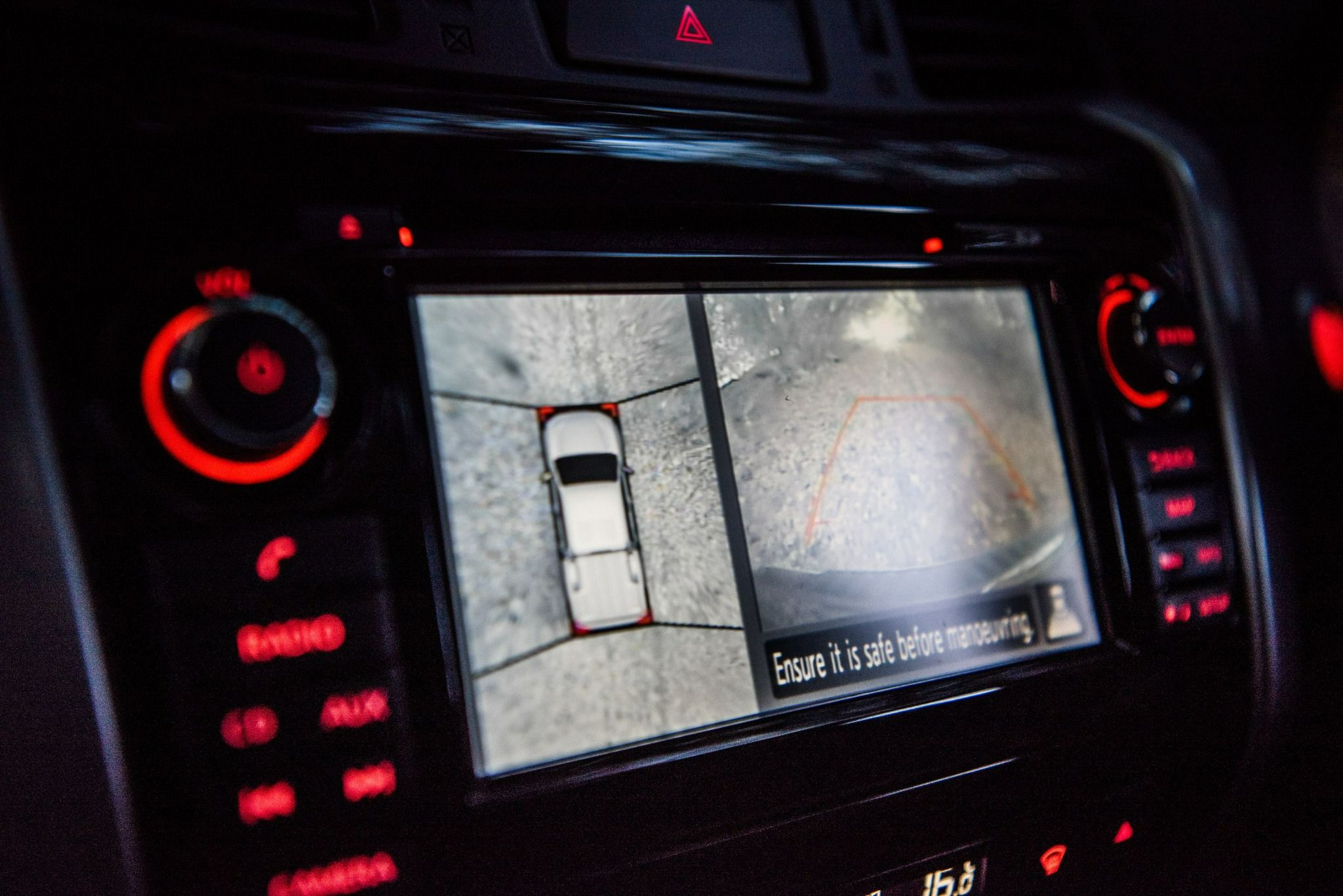Imagine pulling up to a crowded parking lot and instead of spending endless minutes circling the area for an open spot, your car automatically finds a vacant spot and parks itself. Self-parking cars might sound like a distant dream, but they’ve already made their way onto our roads. In this blog post, we’ll dive into what self-parking cars are, how they work, and the benefits they can bring.
What is a self-parking car?
Self-parking cars are vehicles equipped with technology that allows them to park without the need for human intervention. These cars use a variety of sensors, including cameras and ultrasonic sensors, to detect and analyse the surrounding environment in real-time. This information is then sent to the car’s onboard computer, which processes it and determines the best way to park the car. The car is then carefully maneuverered into the spot by the car’s automated system.
How do self-parking cars work?
Self-parking cars have two types of technologies working in tandem to enable their parking capabilities. The first is ‘Parking Assist,’ which uses sensors to detect the presence of parking spots and provides guidance on how to manoeuvre the car to park successfully. The second is ‘Automatic Parking,’ which takes over and controls the steering, acceleration, and braking of the car to park it safely in the selected spot.

What are the benefits of self-parking cars?
Self-parking cars have several benefits that make them an attractive choice for drivers. Most significantly, they can reduce the stress and anxiety associated with parking in crowded areas. Additionally, self-parking cars can help to reduce the number of parking accidents, making our roads safer. They can also help to maximize parking space utilization since self-parking cars can park closer together than human-driven cars, resulting in more available spaces for parking.
What are some limitations of self-parking cars?
Although self-parking cars are becoming increasingly popular, they still have some limitations. The first is their high cost, which can be unsuitable for those on a tighter budget. Additionally, self-parking cars require a certain amount of space to park successfully, so they may not be a viable option in some areas where parking spaces are too tight for easy manoeuvring. Lastly, self-parking cars are not yet fully autonomous, so human supervision is still required.

Examples of Self-Parking Cars
- PEUGEOT 3008 - This popular SUV has an automatic parking system which has the optional Visio Park 2 accessory pack, costing £450.
- Volkswagen Golf - The Golf can be ordered with the optional Park Assist system which can manoeuvre into different styles of parking space.
- Audi A8 - This premium, large Saloon can park itself in both parallel and perpendicular ways using its auto-steering feature.
- Jaguar I-pace - The I-pace has the fantastic feature of parallel and perpendicular steering assist, lane assist, all-angle cameras, and more advanced technologies.

Self-parking cars are an exciting development in the automotive industry. With their advanced technology, they can help eliminate stress and reduce the chances of accidents caused by human error. They are not yet perfect, but as the technology continues to improve, self-parking will become an increasingly widespread feature. We can expect to see them in more and more cars in the coming years. While there are limitations to the technology, the benefits of self-parking cars far outweigh the challenges and make them an important step towards a safer, more efficient driving experience.
